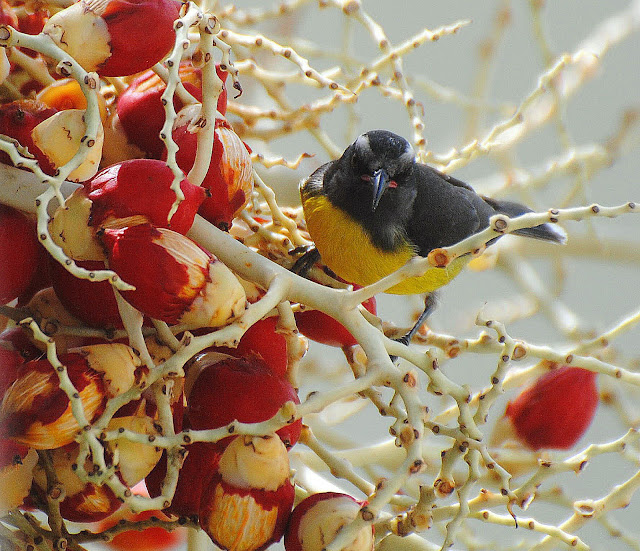Great Grey Owl
All photos: Alamy Stock Photos
Owl Sense - by Miriam Darlington
There are 13 species of native owls in Europe and author Miriam Darlington, in her newest book, states that all 13 species are endangered and there numbers are all down. She suggests the causes are new challenges of climate change and expanding human population encroaching on wild territories. As examples, she writes that Eagle-Owls are down 60% in Finland, while in the UK, Barn Owls have sunk to less than 5,000 pairs. And although owls have been around for 60 million years, the encroaching human tribe is a mere 200,000 years old. Furthering that contrast, Darlington sardonically states there are, reputably, drug dealers in Liverpool, who use Eagle-Owls for protection rather than dogs. Our world is forcing birds withersoever. Then what?
Tawny Owl
Eurasian Eagle-Owl
Please comment if you wish.
BarrytheBirder































